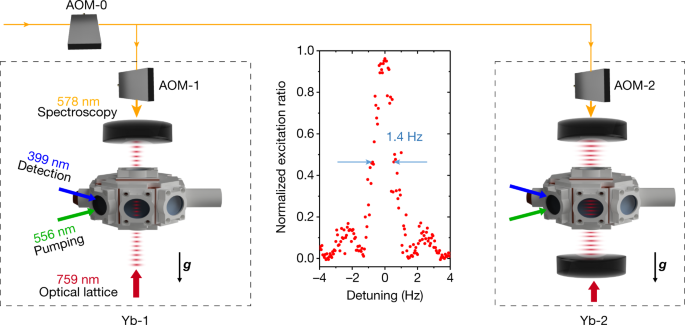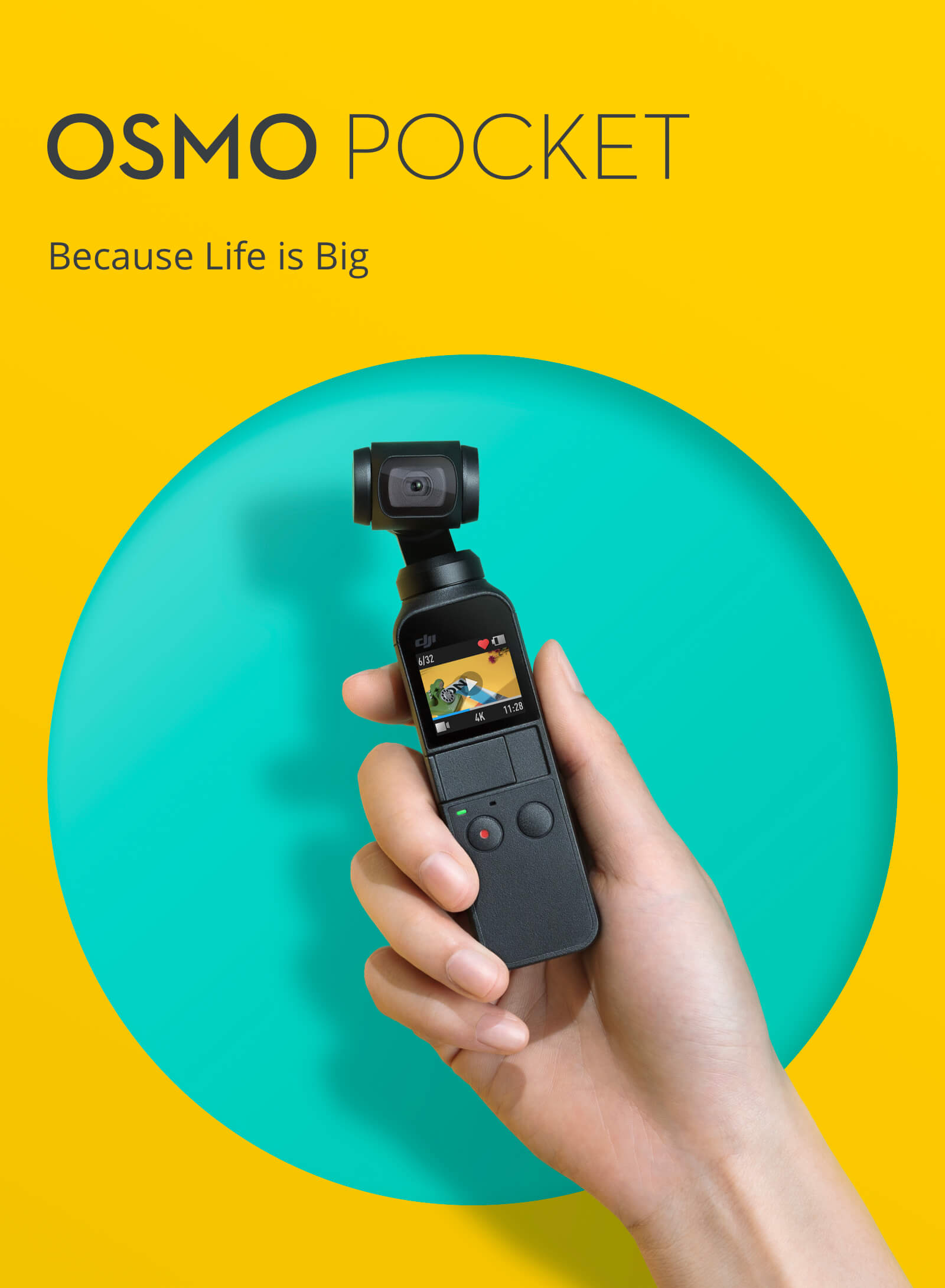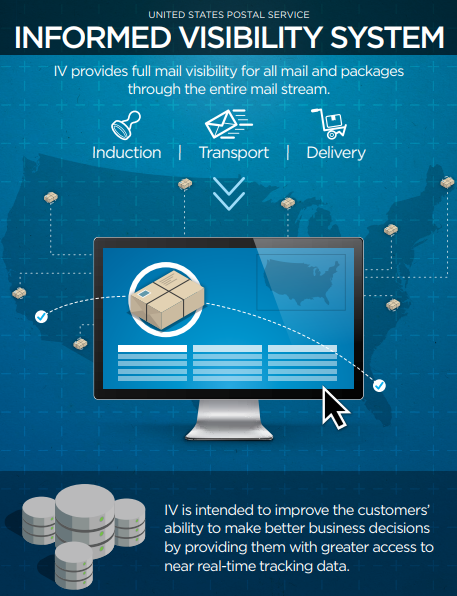China has directed all electric car makers to share real-time driving data of electrical vehicles like #Tesla and #Nissan with the government. China insists that it’s to ensure safety and improve the infrastructure. But given to China's behavior in the present and past, critics worry the tracking can be put to more nefarious uses.
All the electric car manufacturers, numbers nearing 200, including Tesla, Volkswagen, BMW, Daimler, Ford, General Motors, Nissan, and Mitsubishi, transmit position information and dozens of other data points to government-backed monitoring centers, The Associated Press says this generally happens without car owners’ knowledge.
But it seems, car makers are not very clean either. They may be loud about users privacy outwards but as soon as they learn there are incentives, they jump hoops.
“The automakers consider the data a precious resource, They gave you dozens of reasons why they can’t give you the data. They give you dozens of excuses. Then we offer the incentives. Then they want to give us the data because it’s part of their profit.” said a government consultant who helped evaluate the policy and spoke on condition of anonymity to discuss sensitive issues.



